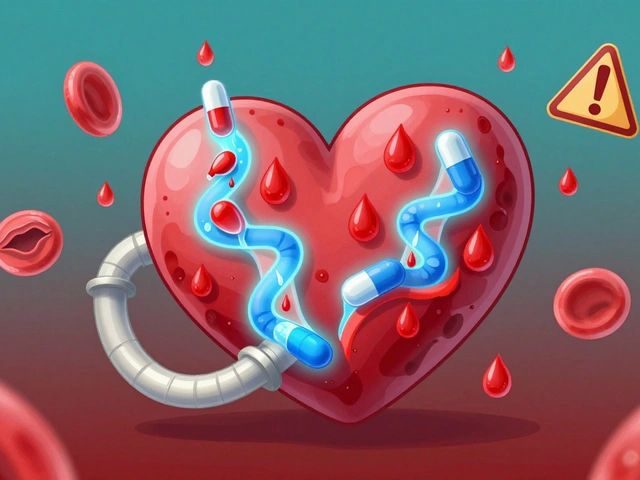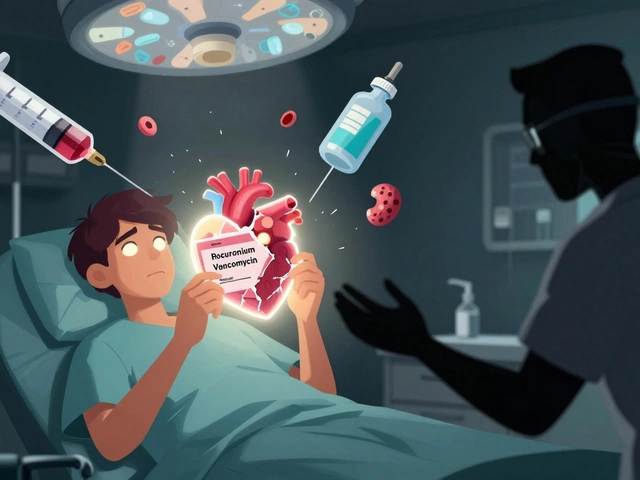Diabetes Medications: What Works and What to Watch For
Managing diabetes often means medication, but the choices can feel overwhelming. Which drug lowers blood sugar? Which one helps weight loss or protects the heart? This page breaks down the main options in plain language so you can talk with your clinician from a place of knowledge.
How common diabetes drugs work
Metformin is usually the first pill doctors try. It lowers glucose production in the liver and helps insulin work better. Side effects are usually stomach upset and, rarely, low vitamin B12—check levels every year or two.
Sulfonylureas (like glipizide) force the pancreas to release more insulin. They can be cheap and effective, but they raise the risk of hypoglycemia (low blood sugar) and often cause weight gain.
SGLT2 inhibitors (empagliflozin, canagliflozin) make the kidneys remove extra glucose in urine. They can lower blood pressure, help the heart, and support weight loss for some people. Watch for yeast infections and dehydration; they’re not ideal if you have recurring urinary infections.
GLP-1 receptor agonists (liraglutide, semaglutide) help insulin release, slow stomach emptying, and reduce appetite. Many people lose weight on them, and certain drugs in this group reduce cardiovascular risk. Nausea and injection-site effects are common early on.
DPP-4 inhibitors are oral pills that boost natural GLP-1 levels. They’re gentle, have low hypoglycemia risk, but usually give smaller drops in A1C compared with other newer drugs.
Insulin is the most powerful option and is essential for type 1 diabetes. For type 2, insulin is used when pills aren’t enough or during illness, pregnancy, or surgery. Talk about types (basal vs. rapid) and storage—insulin needs careful handling.
Choosing medicines and staying safe
Ask your provider about goals: lower A1C, avoid hypoglycemia, lose weight, or protect the heart and kidneys. Pick meds that match those goals and your budget. Don’t be shy about cost—there are generic and assistance options.
Monitor blood sugar as advised. If you take drugs that can cause low blood sugar (like insulin or sulfonylureas), learn how to treat lows and carry fast sugar sources. Report side effects quickly, especially signs of dehydration, severe stomach pain, or allergic reactions.
If you have kidney or liver disease, certain drugs need dose changes or aren’t recommended. Pregnant or breastfeeding? Some medications are unsafe—plan treatment with your clinician before trying to conceive.
Buying meds online? Only use reputable pharmacies and require prescriptions. If a deal looks too good or the site skips prescriptions, that’s a red flag.
Medication choice changes over time. Recheck your plan at least yearly, or sooner if control slips, side effects appear, or life circumstances change. Small adjustments can make a big difference in safety and outcomes.
Pioglitazone Alternatives in 2025: Exploring Your Options for Diabetes Management
This article takes a close look at the top alternatives to pioglitazone for diabetes management in 2025. It explains how each option works, what it’s good at, and where it falls short. The guide also gives plain tips to help you choose the right medication for your lifestyle or health concerns. If you’re worried about side effects, cost, or new treatment trends, you’ll find practical info here. The aim is to give you the facts you need—simple and clear.






